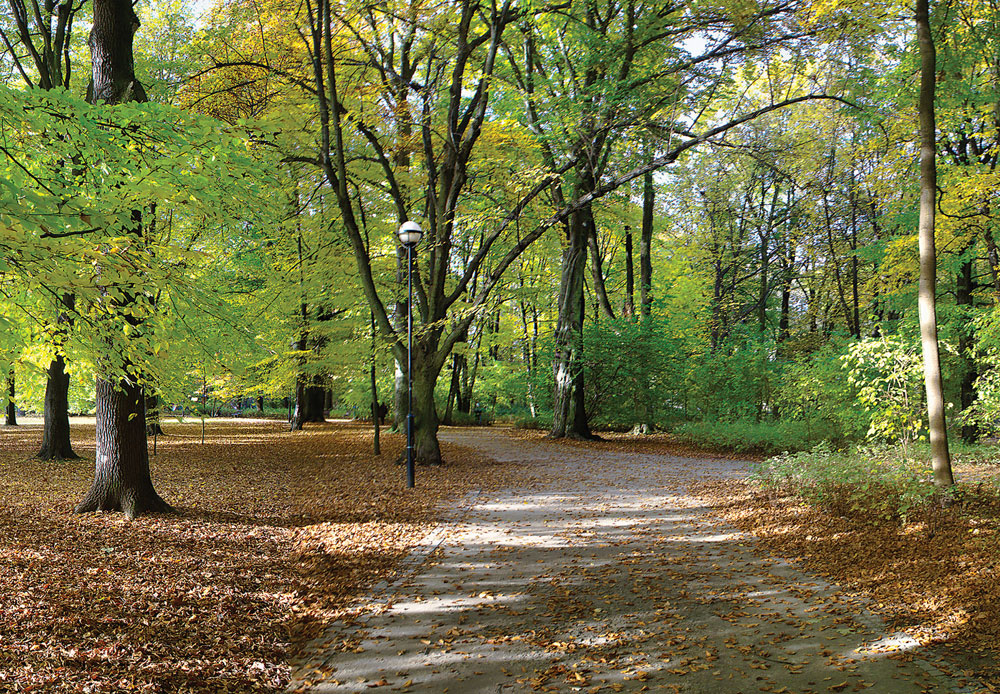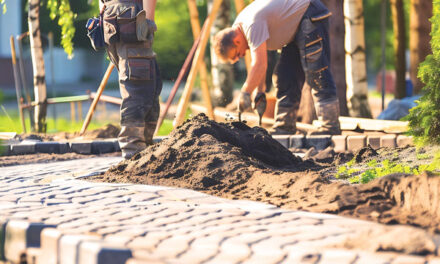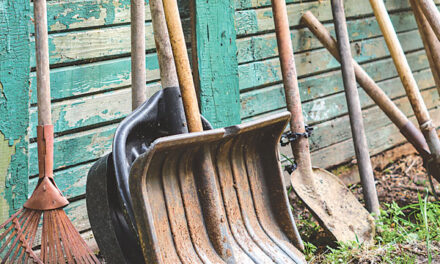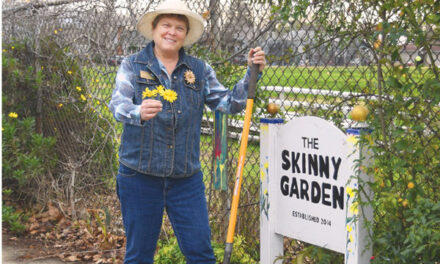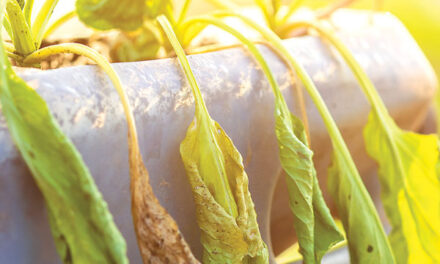Our Urban Forest
Time to plant a tree for future generations
By Anita Clevenger
November 2019
Whenever I hear a chainsaw buzzing in my neighborhood, my heart sinks and my stomach clenches. Are we going to lose yet another beloved shade tree?
My husband and I see ghost trees everywhere in our East Sacramento neighborhood, remembering majestic giants that once filled the now-empty sky and shaded summer-sizzling sidewalks and yards. These trees weren’t ours, but we loved them and miss them still.
Too often, the places where they grew remain empty or are filled with shrubs or small trees that will never provide the grandeur and shade of their predecessors. If you have such a spot, or another good location, now is the time to plant a new tree.
One of the first obstacles is figuring out where to plant a replacement. It’s tempting to plant right where the old tree was removed, and sometimes it’s the only practical place. However, the new tree’s roots will need room to grow. The remains of an old tree can present a problem.
If you’ve had the stump ground out, don’t assume you can plant right on top of it. The stump is probably still there not far below the surface. If you want to plant in the exact same spot, you need to remove the stump further, either by digging and chopping it out or letting it decompose.
Hasten decomposition by cutting the stump as flush to the ground as possible and drilling a number of wide, angled holes into it. Fill the holes with a nitrogen-rich fertilizer, manure or Epsom salts, all of which are less toxic than commercially sold stump removers. Water the stump well, spread compost on top, cover it with a tarp and weigh it down with a layer of mulch. Check it periodically to make sure it is moist and to monitor its progress. Chop out decomposed bits and repeat the process on what remains. This works best on stumps that are at least a year old. It’s not exactly quick, but faster than waiting a decade or more for a stump to decay naturally.
You may have a pile of woodchips left over from stump removal. They make a great mulch but a terrible planting medium. Clear woodchips away before planting and fill the hole with native soil, making sure it settles fully before you plant.
Another option is to plant close to the old tree’s spot. Dig out enough old roots to create a hole at least three times as wide as the new tree’s root ball. The top of the root ball should be slightly above grade, with firm soil beneath it so it doesn’t sink into what Master Gardener and tree expert Pam Bone calls a “tree death pit.”
What tree should you choose? The Sacramento Tree Foundation offers a wealth of information at sactree.com. The Shady Eighty website tool lets you search for trees by characteristics, such as size, shape, water needs, showy flowers or colorful fall foliage, and provides other vital information such as how close you can plant each variety to pavement, utility lines or foundations. You can get a free shade tree from SMUD through the Sacramento Shade program, which offers about 30 varieties. An urban forester will visit your home to help select a tree and identify the best possible site.
Many of the trees that our neighborhoods have lost should still be living. Bone worries that we will lose even more because we don’t water them enough. Trees suffered tremendously during the drought. Even in years of normal or higher rainfall, trees should be deep watered about twice a month during dry spells. Don’t rely on lawn sprinklers or drip irrigation to keep trees healthy.
Trees add value to your property, reduce utility bills, clean the air and groundwater, and are good for the soil. Consult with a certified arborist about proper tree care.
In this month of Thanksgiving, take time to appreciate the urban forest that grows all around you and do your best to make it better. Remove a tree as a last resort. Plant a new one as a gift to future generations.
Anita Clevenger is a platinum Sacramento County Master Gardener. For answers to gardening questions, contact the UC Master Gardeners at (916) 876-5338 or mgsacramento@ucanr.edu, or visit sacmg.ucanr.edu. Follow us on Facebook, Twitter and Instagram: @insidesacramento.



